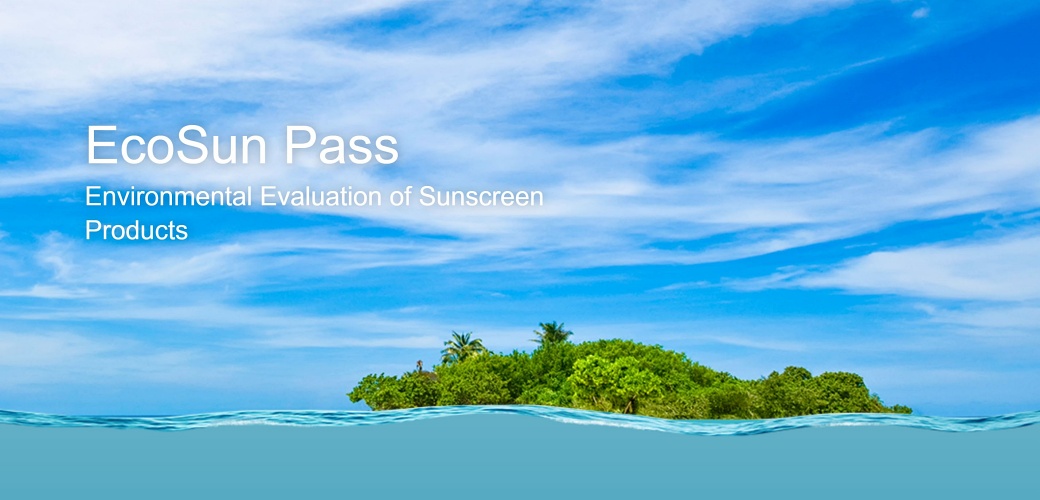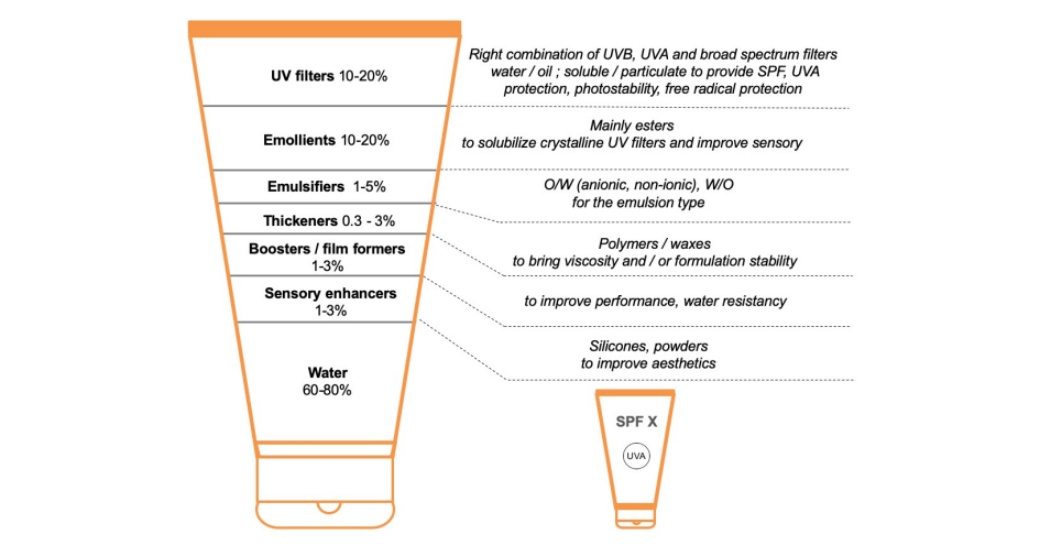
Sun protection
What is a sunscreen cosmetic product made of?
You can read a lot about raw materials and ingredients used in different cosmetic products. We are going take a glance inside the formulas.
Sunscreen in cosmetics – there is hardly another product in the world today that is more controversial revealing so many different opinions. The issue of environmental compatibility plays just as big of a role as the consumer health. We often hear people say things like, "I wouldn’t buy this sunscreen. I've read it causes cancer." Especially in Europe, we hear these statements way too often which is not only misleading, but inaccurate and confuses consumers.
Whether sunsceens are in cremes, oils and sprays, or any other cosmetic product you can buy off the shelf, these products are totally safe to use. Before manufacturers can launch their cosmetic products on the market, they have to undergo intensive and lengthy tests to ultimately confirm their safety.
The EU Cosmetics Regulation ((EC) No. 1223/2009) is very specific about which ingredients can and cannot be used in a cosmetic product. Safety, tolerability, efficacy and microbiological purity are studied and analyzed. Consumer safety is top priority. The requirements that must be met for an ingredient to be used are very high. Cosmetic regulatory controls of products on the market also ensure that they are completely safe for consumer health.
What is in a sunscreen?
If you are familiar with the INCI names on packaging, then you may find some cosmetics with an ingredient that has been classified as toxic, flammable or even dangerous. Yet, all substances in the product are processed with a quantity and dosage that does not cause a threat to human health. They are also controlled substances and regulated by laws.
EcoSun Pass
Based on a sense of environmental responsibility, scientific discipline and sensitivity to consumer wishes, BASF is introducing a methodology to assess the environmental impact of sunscreen formulations.
More informationBesides having ingredients which protect us from harmful UV rays, the sensorial aspect, the product smell, shelf life and stability of the sunscreen obviously play a major role. This is why there are many other ingredients that must be put into the formulation or recipe. For example, if we would take a look into a potential sunscreen formulation with SPF 30, then we could find the following components in the product:
If you find a sunscreen with these components at a local drugstore you trust, then you can be sure that all substances have been tested, verified and then finally released for use and sale.


